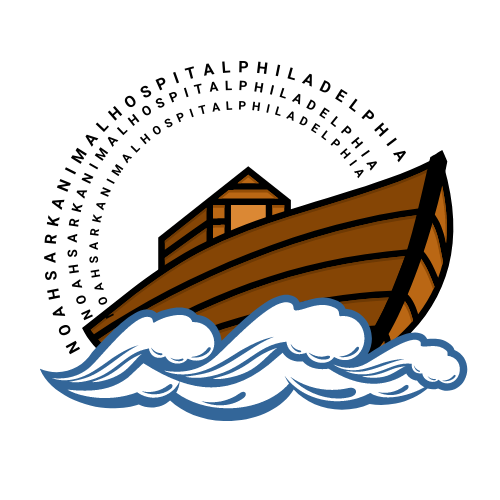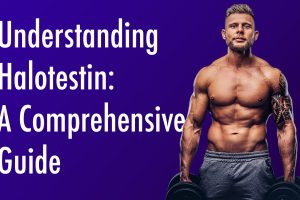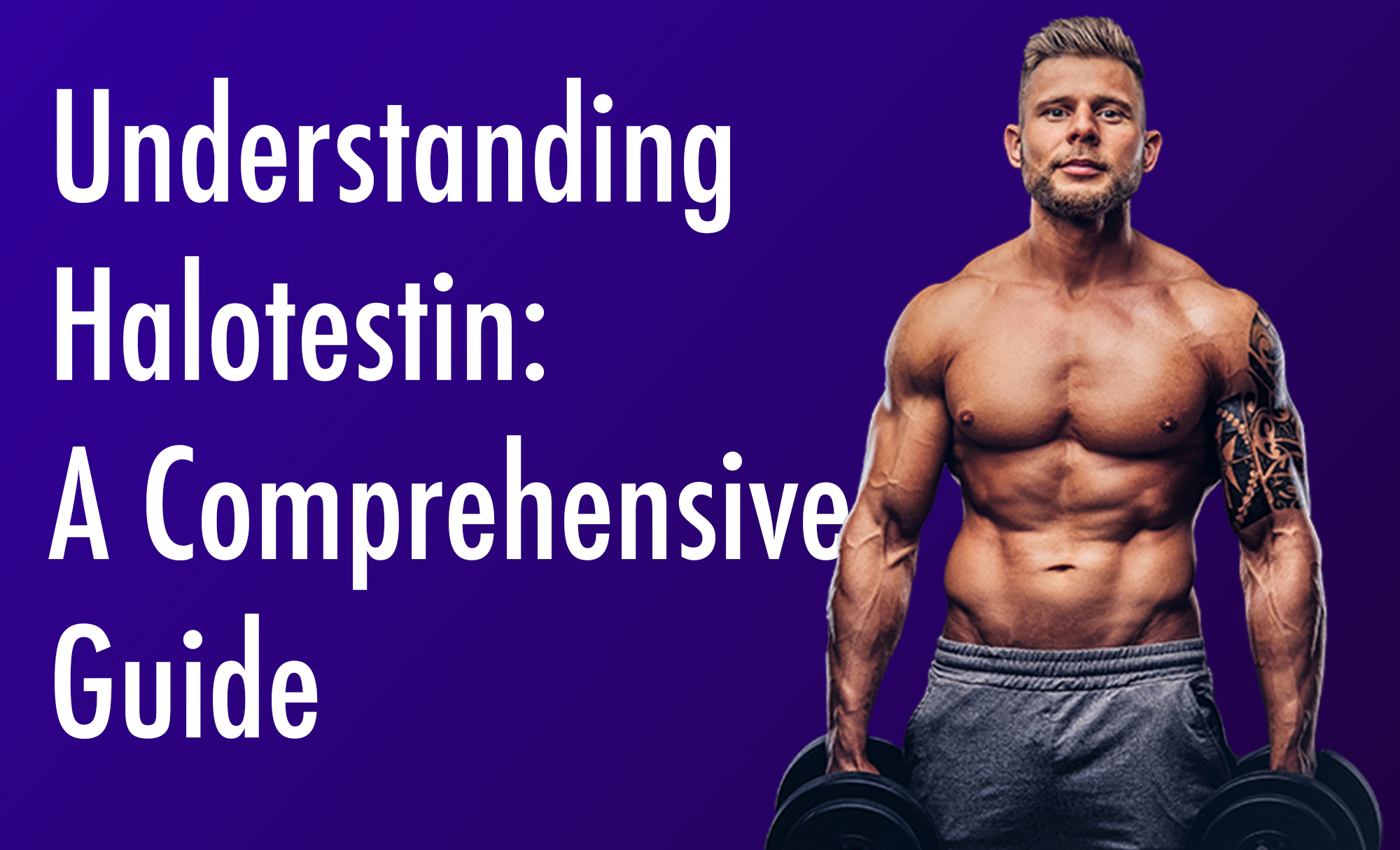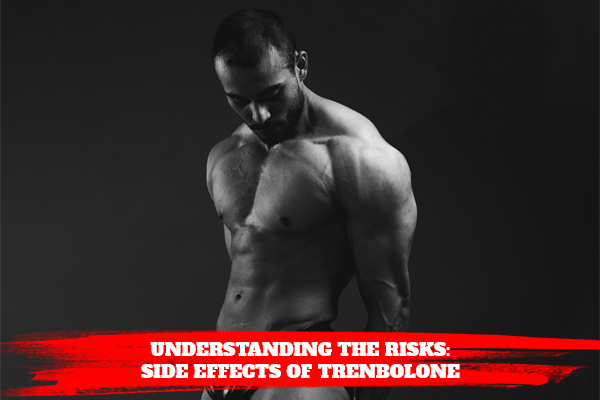Have you ever felt that heavy and painful feeling in your chest after an intense workout? Have you ever felt that painful feeling in your chest when you have a cold, or even heartburn? That’s called muscle strain. There are some reasons as to why that feeling occurs, and in this article, we will explain them.
The Heavy Chest Feeling
Are you the kind of person that often experiences a heavy chest feeling? Do you find yourself worrying about what might be causing this chest pain? Well, if you’re experiencing a heavy chest feeling, it could be due to something called chest muscle strain.
Chest muscle strain is one of the most common causes of upper body pain and can affect anyone regardless of age or athletic ability. It is caused by either repetitive movements or excessive force applied to the muscles in the chest region, resulting in tightening and spasms. Common symptoms include tenderness and swelling around the area as well as sharp pains when trying to move your arms or shoulders. While these types of injuries are usually mild, they can be debilitating if left untreated for an extended period of time.
Fortunately, there are many treatment options and exercises available for those suffering from a heavy chest feeling due to chest muscle strain.
More Articles About Muscle Building Tips for Older Men
What is Muscle Strain
Muscle strain is a common injury that can affect anyone, regardless of age or activity level. When muscle fibers are stretched too far, they tear and cause the muscle to spasm. This injury is also known as a pulled muscle and can cause a great deal of pain.
The chest muscles are no exception to this kind of strain, and many people feel discomfort in this area after participating in physical activities such as weight lifting or running. Heavy chest feeling caused by chest muscle strain usually results from over-exerting the pectoral muscles during these activities. Other signs include tightness, soreness, swelling and bruising around the affected area. In extreme cases, it may be difficult for an individual to move their arms due to the intense pain associated with this condition.
More Articles About Pump Fuel Pre Workout Supplement: Providing Enhanced Energy
What are the Possible Causes of Muscle Strain in the Chest
Repetitive or forceful movements that involve the chest muscle
Forceful movements of the chest can cause the muscles to tear or strain. This may include any movement that requires the chest to forcefully contract, such as weight lifting or running. Injuries sustained during a physical activity that involve the pectoral muscle The most common injuries that affect the chest muscles are strains and sprains.
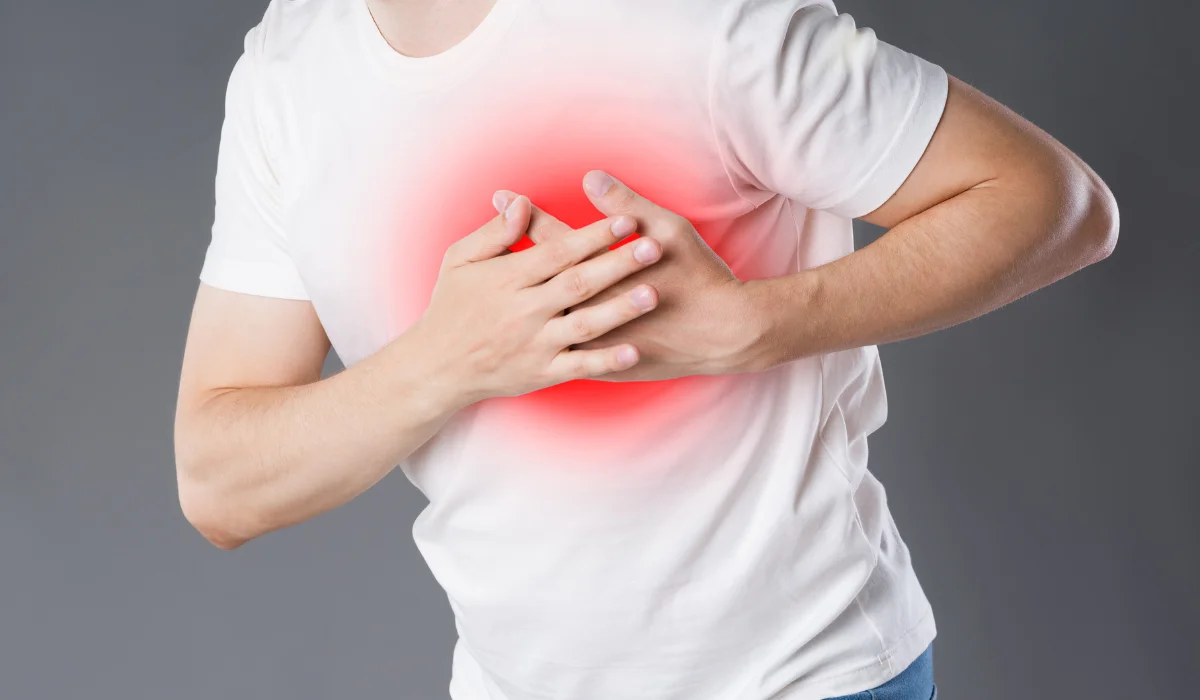
Overstretching
Overstretching is a common problem that affects people of all ages and backgrounds. It occurs when muscles are stretched beyond the normal range, resulting in pain and discomfort. Chest muscle strain is one of the most common forms of overstretching, causing tightness and heaviness in the chest area. The good news is that chest muscle strain can be treated with simple stretching exercises and lifestyle changes.
Muscle fatigue
Muscle fatigue is a feeling of general tiredness or exhaustion that is caused by physical activity. Though the cause of muscle fatigue can be complex and multifaceted, it is often related to chest muscle strain. Strain occurs when muscles are overworked or forced to work beyond their normal capacity. Chest muscle strain can lead to serious pain and discomfort as well as difficulty breathing. To understand what causes heavy chest feeling, it’s important to know how the muscles of your chest work together and how they become strained. When your chest muscles become overworked due to exercise or injury, they can swell and put pressure on organs in your chest cavity, leading to a heavy feeling in the area around your ribcage. Additionally, if you neglect stretching before exercise or do not warm up properly, this can also cause tightness in your chest and contribute to muscle fatigue.
Contact injuries or a blow to the chest
Heavy chest feeling can be concerning, especially when it is accompanied by physical contact. However, what may seem like a serious medical condition could actually just be a chest muscle strain. A chest muscle strain is caused by an injury to the muscles of the upper torso and can occur due to contact with objects or even another person. For instance, if you were to take a blow to the chest during an activity such as sports or physical combat, this would likely cause you to experience discomfort in your chest area. Additionally, if you were performing something strenuous such as weightlifting and overexerted your back and chest muscles too much, this could also lead to pain in these areas. Understanding the causes of heavy chest feeling can help determine how best to treat it so that you can get back on track quickly and safely.
Poor flexibility
Poor flexibility can lead to chest muscle strain, causing a heavy feeling in the chest. This type of injury is common for athletes and those who do physical labor, but anyone can experience it. Chest muscle strain happens when the muscles are pushed beyond their normal range of motion or are improperly stretched. The resulting tightness and pain can be uncomfortable, leading to reduced mobility in the area.
The symptoms of chest muscle strain may include sharp pain when moving the arms or torso, swelling, difficulty breathing deeply, and a burning sensation in the affected area. To prevent straining your chest muscles, it’s important to maintain flexibility through regular stretching and exercise that also focuses on strength-building techniques like weight-lifting and pull-ups. Additionally, warming up prior to any physical activity will help warm up your chest muscles so you don’t overexert them during your workout routine.
Poor posture
Poor posture is a common issue that many people struggle with. It can cause pain and discomfort, as well as lead to long-term health implications. It’s important to take the time to understand what poor posture looks like and how it can be corrected.
A frequent symptom of poor posture is a heavy feeling in the chest area. This can be caused by a number of factors, including muscle strain, osteoarthritis, or an underlying medical condition. If you experience chest pain and feel like your body is being weighed down by something heavy, then it could be due to muscle strain or other physical conditions related to poor posture. Taking steps towards correcting your posture may help alleviate these issues in the long run.
Heavy lifting
Heavy lifting can be difficult and cause muscle strain, especially in the chest area. Experiencing a heavy feeling in your chest can have a variety of causes, from dehydration to serious conditions like asthma. Understanding what might be causing it is essential for proper treatment and prevention.
Chest muscle strain is one of the most common causes for a heavy feeling in the chest. It usually occurs due to overuse or unaccustomed exercise, such as suddenly picking up an object that is too heavy or playing sports without properly warming up first. The soreness caused by muscle strain can range from mild to severe, with symptoms such as pain when inhaling deeply or pressing down on the affected area. Treatment may include rest, ice therapy and gentle stretching exercises to help relieve symptoms.
More Articles About Compound Chest Exercises for Strengthening Chest Muscles Safely
What are the Immediate Remedies for Chest Muscle Strain
Chest muscle strain is a common injury that can cause pain and disability. It occurs when the chest muscles are overstretched or torn, resulting in discomfort and decreased mobility. Knowing what to do in the event of a chest muscle strain is important for reducing pain and preventing further damage. This article will provide insight into what immediate remedies can be used for chest muscle strain.
One of the most effective remedies for chest muscle strain is rest. Refraining from any strenuous activity that puts stress on the area can help reduce inflammation and decrease pain levels. Cold compression therapy may also be beneficial, as it helps reduce swelling by constricting blood vessels around the area, which improves circulation and promotes healing. Additionally, using an ice pack wrapped in a light cloth to directly apply cold temperatures to the affected area can provide relief from symptoms such as tenderness and soreness.
More Articles About 150 lbs of Fat vs Muscle: The Strength of Fat Against the Strength of Muscles
Chest Exercises to Prevent Muscle Strain
Chest muscle strain is a common issue that can be caused by heavy lifting, repetitive motion, or even medical conditions like asthma. It can cause serious discomfort and pain in the chest area that can last for days or weeks. To help prevent chest muscle strain, the following exercises can provide much-needed relief and improved overall health.
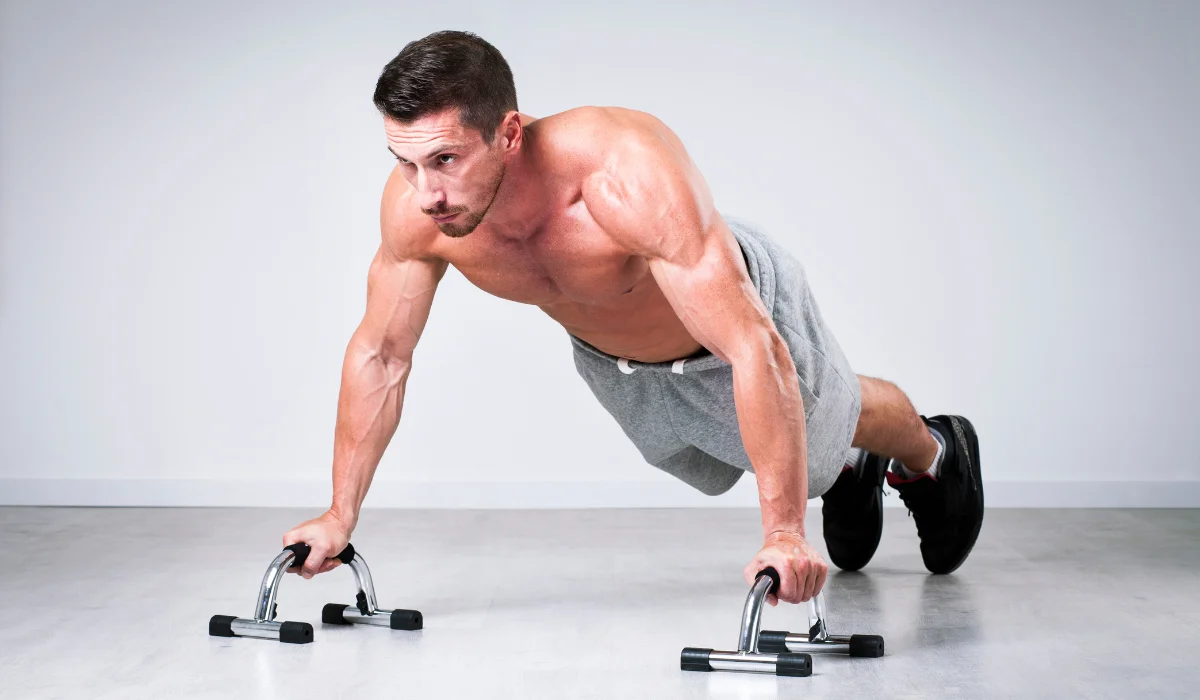
Exercise 1: Pushups are a great way to strengthen your core muscles without adding additional weight. Start by doing a few sets of 10 pushups every day and gradually increase the number of reps as you go along. For an added challenge, try incorporating some weighted pushups into your routine to really challenge yourself!
Exercise 2: Wall sits are an excellent exercise for targeting all the major muscles in your chest and shoulders. This exercise is best done sustanon 250 steroid at home, in a quiet place where you won’t be disturbed. You’ll need to sit on the floor with your back against the wall and feet about 18 inches away from the wall.
Exercise 3: A simple way to strengthen your arms is by using a set of light dumbbells. Try doing a couple of sets of 10 repetitions for each arm every day. This will help you build up the muscles in your arms and shoulders, which will make you stronger overall. Dumbbell exercises such as bicep curls and shoulder presses will be particularly useful for you.
